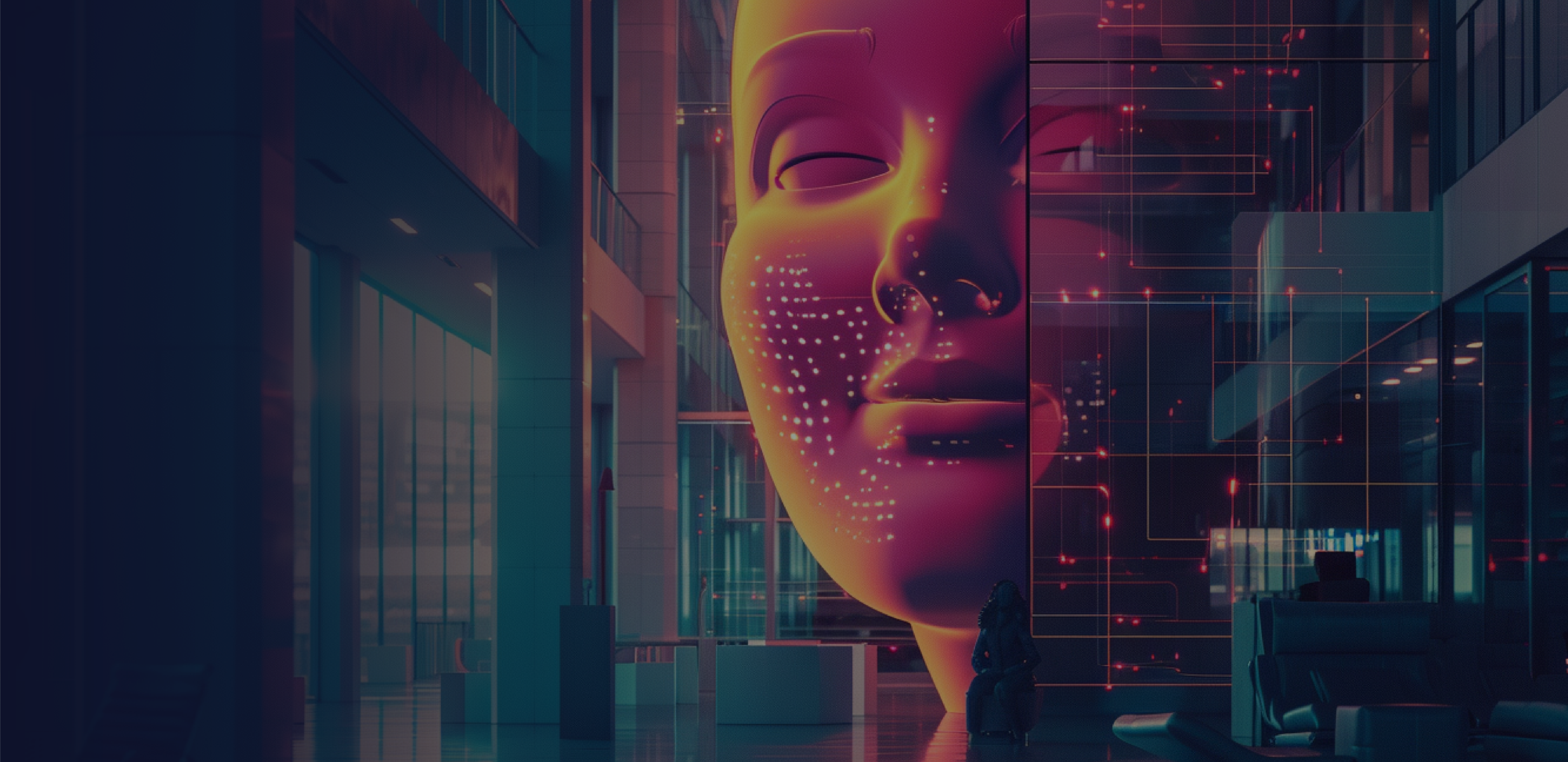

Executives talk about customers ten times more than they talk about employees. This reflects a common corporate view where customers are seen as opportunities to be seized, while employees are often seen as potential risks. Then came the Great Resignation. The workforce started reassessing their priorities, forcing companies to recognize that employees are a company’s largest investment and deepest source of value. And that definition of digital transformation should put employees on the same pedestal as customers.
Would we ask your customers to flip between multiple tabs to make a purchase or reach out for queries? Of course not. We all strongly believe that smoother customer interactions boost revenue, and most companies go out of their way to ensure just that. But think about this: do we always treat our employees with the same consideration? Often, they’re stuck with disjointed systems, unclear roles, and inefficient workflows, all of which can diminish job satisfaction and hamper productivity.
Here’s something to consider: McKinsey recently found that great employee experiences are directly linked to better shareholder value. If we ever needed a reason or a push to design our employee experience just as carefully as we do the customers’, this is it. Our digital transformation efforts should not just make things easier for our customers while leaving our employees to pick up the slack. After all, what’s the benefit of saving customers’ time if it just adds more to our employees’ plates?
Disengaged employees to committed brand ambassadors
The recent democratization of Generative AI has seen many experiments across the different functions. HR teams are using AI to predict who might leave the company next, customize training programs, and even make sure they have the right people in the right spots. On manufacturing floors powered by Industry 4.0, AI is keeping an eye on tools to predict when they will wear out, helping to use energy more wisely and ensuring every worker is as productive as possible. AI tools in finance are able to juggle and handle complex dealings like working capital and treasury operations across diverse currencies, banking ties, and payment platforms.
We’re just scratching the surface and still discovering new opportunities every day. While we’re at it, why not use the same Gen AI technology and customer experience principles to rethink the employee journey? But the big question is, where do we start?
It makes sense to pinpoint areas where technology can take on the heavy lifting, freeing our teams to focus on what truly matters. Here are a few scenarios where this can make a big difference.

Reduce cognitive stress and make them feel valued:
Consider the frontline service workers who often juggle multiple apps to complete tasks while simultaneously interacting with customers. It’s a lot, right? This cognitive stress can detract from the quality of both their work and their interaction with customers. And so, most Gen AI experimenters consider this to be a use case with the highest impact. Imagine implementing similar solutions internally. For instance, deploying chatbots to handle routine inquiries in a helpdesk setting could drastically reduce the load on your team. No more getting bogged down by the same old questions—this frees your IT staff to tackle the tougher issues and enhances job satisfaction for everyone involved.
Continuous learning with a one-on-one virtual mentor:
The business landscape is a blur these days. Technology is racing ahead, automation is taking over rote tasks, and even the “thinking jobs” are getting a cognitive boost from AI. But it also means our people need to be constantly learning and evolving.
The old model of training programs, those one-size-fits-all lectures, and outdated manuals are not cutting it anymore. They leave knowledge gaps wide and employees disengaged. We need new training and development models that are agile, efficient, and personalized. Why not turn to Gen AI to fill this gap, too?
Gen AI can spot exactly where our employees need a life and can lay out a real-time skills map for the entire workforce. It can also anticipate when and where employees might stumble. And that means we get to deliver targeted interventions, and personalized learning pathways – the exact support each employee needs to thrive. McKinsey studies show it can dramatically accelerate the upskilling process – software engineers are mastering new skills twice as fast! The impact on the bottom line is about a 14% increase in productivity, a happier, more engaged workforce, and a significant reduction in employee churn.
Measure and celebrate internal successes:
When it comes to client-facing projects, we meticulously track metrics, analyze results, and celebrate wins. These success stories become powerful testimonials, build trust, and demonstrate our value proposition. But what about the internal customer: our workforce? Shouldn’t we extend the same rigor and enthusiasm to our internal AI implementations? Absolutely. By mirroring our client-focused approach, we can cultivate a culture of trust and excitement around AI within our own organization.
Here’s how: First, meticulously measure the impact of internal initiatives. Track hard metrics like time saved on administrative tasks through AI assistants, improvements in project delivery using AI-powered tools, or the impact of new learning and development models.
And just like those client testimonials, internal success stories are powerful motivators. Share real examples and highlight the achievements of individuals and departments; their contributions become a source of pride and inspiration for others.
Loved what you read?
Get practical thought leadership articles on AI and Automation delivered to your inbox


Loved what you read?
Get practical thought leadership articles on AI and Automation delivered to your inbox
A commitment from the leaders
We are no longer in the days of top-down pronouncements. Smart leaders recognize what is needed from them for large-scale change management, and that is actively engaging with all employees from the start.
For instance, take the anxiety around AI taking away jobs. A series of town halls and workshops led by your AI champions with clear, engaging sessions that demystify AI and explain its practical applications across different functions help immensely. Instead of sugarcoating the transition, these forums should openly address employee concerns. After all, customers will never love a company until the employees love it first.
Disclaimer Any opinions, findings, and conclusions or recommendations expressed in this material are those of the author(s) and do not necessarily reflect the views of the respective institutions or funding agencies
- https://papers.ssrn.com/sol3/papers.cfm?abstract_id=4215010
- https://www.mckinsey.com/capabilities/people-and-organizational-performance/our-insights/five-fifty-winning-back-your-workers
- https://www.mckinsey.com/capabilities/growth-marketing-and-sales/our-insights/experience-led-growth-a-new-way-to-create-value
- https://www.mckinsey.com/capabilities/people-and-organizational-performance/our-insights/increasing-your-return-on-talent-the-moves-and-metrics-that-matter
- https://www.mckinsey.com/capabilities/mckinsey-digital/our-insights/the-economic-potential-of-generative-ai-the-next-productivity-frontier
- https://www.mckinsey.com/capabilities/mckinsey-digital/our-insights/unleashing-developer-productivity-with-generative-ai





